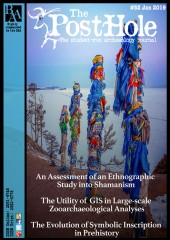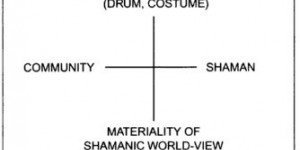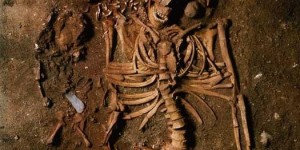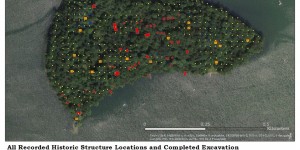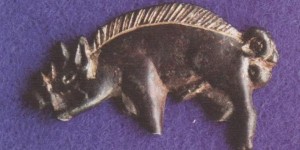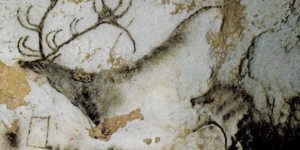The roles of women in the past has long been one of the most hotly debated topics in archaeology. One needs only to look at the responses surrounding the identification of the Birka warrior as female (Hedenstierna-Jonson et al. 2017), ranging from enthusiastic support to abject denial, to begin to understand the tensions surrounding the subject. Often, women are relegated to a sort of neutral identity, especially in medieval contexts, and evidence can often be twisted to fit with preconceptions of female roles in the period; for example, Gilchrist’s (1997) observation of a symbol which, although seen as a holy book in male contexts, was dismissed as a workbox when found in a female context.
However, a recent paper co-authored by researchers at the University of York has offered an opportunity to re-examine these biases, revealing evidence of women’s involvement in medieval manuscript production. (Radini et al. 2019). An 11th-12th century female burial in a women’s monastery in Germany was discovered with traces of lapis lazuli in her teeth, suggesting repeated exposure to this rare and valuable art material imported from Afghanistan. Radini et al. suggest that this may have come from the woman repeatedly re-shaping the brush with her lips to keep it sharp whilst working on illuminated manuscripts. This evidence offers a fascinating counter to assumptions that the creation of these manuscripts was a specifically male task, and insight into the life of religious women during the early medieval period.
This year’s Jorvik Viking Festival is also focusing on the roles and lives of women during the early medieval period, highlighting several figures from the sagas who showcase many different facets of female identity, from seeress to settler. It is fantastic to have such a high-profile event shedding light on these often-overlooked stories, allowing women to finally take their place within narratives of the past.
In this month’s issue we have several articles showcasing different approaches to understanding symbolism and religious practice, both in prehistoric and contemporary indigenous societies, alongside new research into the use of GIS, and the impact of a king’s burial on archaeological interpretations.
My Editor’s Choice this issue is Andrew Langley’s critique of Peter Jordan’s ethnographic work on the Khanty people of Siberia, an intriguing conceptual study of shamanistic belief systems and their role in aiding the understanding of prehistoric lifeways. Also in this issue, Heather Barrass examines mortuary rites and rituals in the Mesolithic; our incoming Submissions Editor Laura Koski offers a fascinating study of the use of GIS in zooarchaeology in North America; Kevin Claxton reviews the impact of Richard III’s discovery on understandings of his final battle at Bosworth, and Joseph O’Grady provides a survey of the development of symbolic inscription in prehistory and its implications for understanding societies and shamanism in the past.
Finally, I would like to offer my heartfelt thanks to the members of our editorial team for whom this was their final issue, for all their hard work and dedication to The Post Hole and wish them the best of luck for the future. I would also like to welcome our new editors who will be taking over from Issue 53 and look forward to working with them to maintain the high standard of the journal. As part of our new editorial team I am delighted to welcome the Digital Content Editors who will be running our new blog, shortly to be launched on our website under The Post Hole Extra. This is designed to showcase pieces on personal experiences in archaeology, career advice, and responses to archaeological news and media: please follow our social media accounts on Twitter (@ThePostHole) and Facebook (The Post Hole) to keep up to date.
We are currently accepting submissions for our March issue! If you would like to share your thoughts, research or experience on a wide range of archaeological topics, please submit your work to submissions@theposthole.org. For guidance on submission, please visit our author advice page at www.theposthole.org/authors.
Eleanor Drew
Editor-in-Chief
editor@theposthole.org


